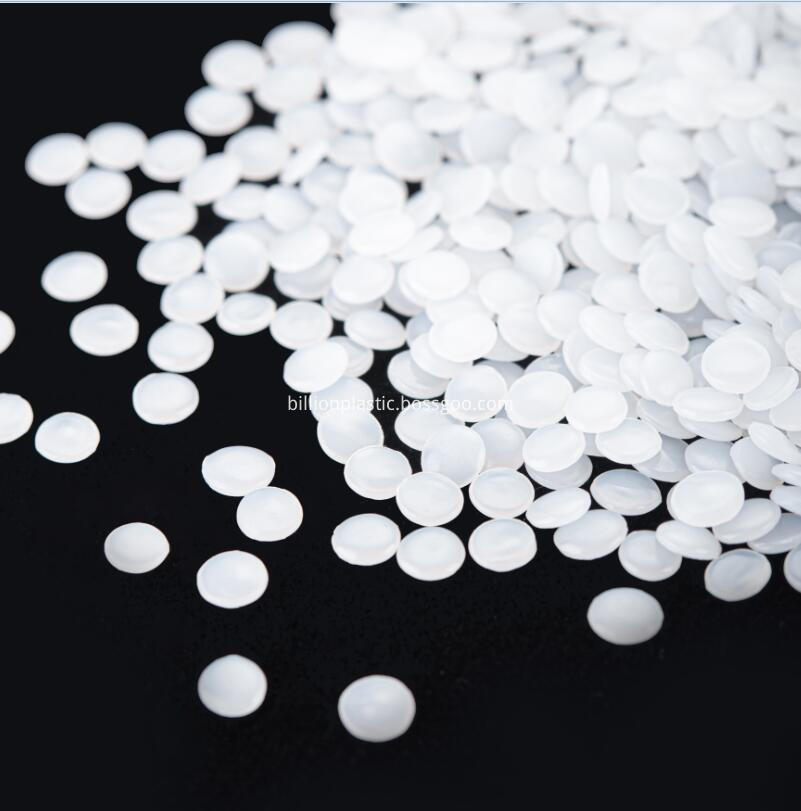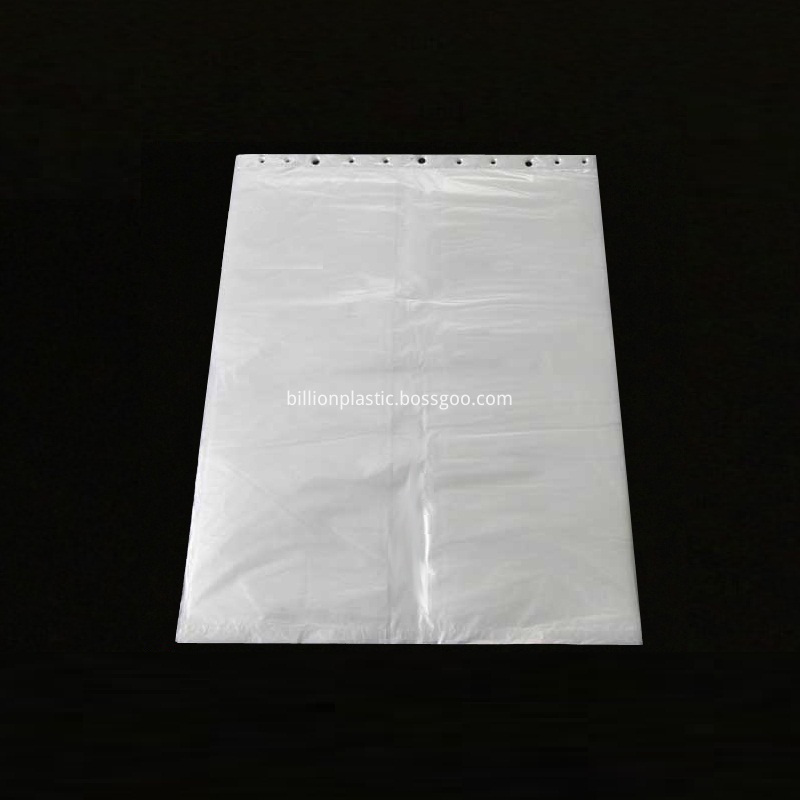1.1 Source of coal mine dust
The mixed dust produced by the crushing of coal and rock in the coal mine production process is collectively referred to as coal mine dust, mainly rock dust and coal dust. It is produced in the production of mines such as drilling, blasting, cutting, loading, coal falling, transportation and lifting, due to the fracture of coal and rock. Due to differences in coal and rock geological conditions and physical properties, mining methods, operation methods, ventilation conditions and mechanization levels, the amount of dust generated varies greatly; even in the same mine, the amount of dust produced is also due to the fact. Different changes have occurred in time. Generally speaking, under the existing dust-proof technical measures, the proportion of floating dust generated in each production process is roughly: 45%-80% of the dust generated in the coal mining face; 20% of the dust generated in the driving face is- 38%; dust production at the anchor spray site accounts for 5%-10%; other operations account for 2%-5%, and the amount of dust generated will increase as the degree of mechanization increases. Most of China's coal mines are mined and mined, all of which are underground operations, and the dust concentration in the production environment is high.
1.2 Characteristics of coal mine dust
(1) Adsorbing a layer of air film on the surface of the dust to prevent condensation and sedimentation between the dust or between the water droplets and the dust;
(2) The dispersion of dust increases, and the number of oxygen molecules adsorbed on the surface increases, which accelerates the oxidative decomposition process of dust;
(3) Due to the increased surface area of ​​the fine rock dust, the free silica in the rock dust is easily dissolved in the human lung cells; the fresh dust generated in the mining face is more charged than the dust in the return air passage.
Coal mine dust hazard
The characteristics of coal mine dust determine its hazard: it is easy to cause pneumoconiosis, easy to cause burning and explosion, high concentration dust can accelerate mechanical wear, shorten the service life of precision instruments, and harm the ecological environment of mining area.
2.1 pneumoconi
If the human body inhales a large amount of coal mine dust for a long time, it may suffer from pneumoconiosis. In coal mine production, pneumoconiosis causes different main factors due to inhalation of dust: 1 Inhalation of free silica with high silica content (>10%) is caused by silicosis, and patients are concentrated in long-term work. Workers on the working face; 2 long-term exposure to coal dust, the free silica content is more than 5%, the pneumoconiosis caused by it is coal-pulmonary disease, the patients are mostly workers on the coal mining face; 3 contact with silicon dust For mixed-breed workers exposed to coal dust, their pneumoconiosis often has the characteristics of silicosis and coal lung in pathology. This pneumoconiosis is called coal-silica.
The types of coal miners in China have changed a lot, and there are very few long-term single jobs. Therefore, the proportion of coal, silicon and lung in coal mine pneumoconiosis is relatively large. According to statistics from the health and scientific research departments, coal-silicon lungs account for 70%-80% of the total number of pneumoconiosis, silicon lungs account for about 20%-30%, and coal lungs account for 5%-10%.
2.1.1 Symptoms of coal worker's pneumoconiosis
Coal workers' pneumoconiosis has eased and the disease has evolved slowly. Most of them found early coal workers' pneumoconiosis through X-ray chest radiography during regular inspections. Its symptoms are:
(1) Cough
Cough is the most common complaint of pneumoconiosis patients. The cough in early patients is not obvious, and it is obviously aggravated with the development of the disease.
(2) Cough
Cough is a common symptom of coal workers' pneumoconiosis patients. This is mainly caused by the continuous elimination of dust from the respiratory system.
(3) Chest disease
Chest pain is not the same, the nature is not serious, generally pain, pain and acupuncture pain.
(4) difficulty breathing
Dyspnea is an inherent symptom of pneumoconiosis. As the degree of fibrosis in the lung tissue increases, the effective respiratory area decreases and the difficulty in breathing increases.
(5) hemoptysis
Less common
(6) X-ray chest radiograph performance
In the early stage of the coal worker's pneumoconiosis, the small shadow of the X-ray chest was mainly small.
(7) Other
In addition to the above respiratory symptoms, there may be varying degrees of systemic symptoms, the most common are digestive dysfunction, poor appetite, abdominal distension, constipation and so on. The complications include tuberculosis, pulmonary infection, spontaneous chest tightness, and pulmonary heart disease.
2.1.2 Treatment of coal worker's pneumoconiosis
Coal workers' pneumoconiosis should be diagnosed and staging in strict accordance with the International Diagnostic Standard for Pneumoconiosis, and health monitoring, treatment and labor identification should be conducted accordingly. Coal worker's pneumoconiosis is an occupational disease that jeopardizes the health of workers and can cause labor loss. Advanced pneumoconiosis is severely painful due to severe pulmonary fibrosis, reduced respiratory area, and high patient breathing difficulties. Therefore, patients with pneumoconiosis should take active and comprehensive treatment to control the development of fibrotic lesions and protect the normal physiological functions of the lungs; secondly, actively treat and control various complications of pneumoconiosis.
(1) Etiology treatment
The cause of coal worker's pneumoconiosis is to prevent dust from depositing in the lungs, enhance the ability of the lungs to clear, reduce the toxicity of dust, protect the cell membrane, and inhibit the formation of collagen fibers.
(2) Large-capacity lung lavage
The large-capacity lung lavage technique can remove various dusts in the lungs, macrophages that phagocytose dust, and fibrogenic growth factors secreted by alveolar macrophages after phagocytosis, thereby improving symptoms and lung function, curbing and Delay the progression of the disease and prolong the life of the patient. China started this treatment for the first time in 1988 and has now developed into a very mature technology that is at the international level.
(3) symptomatic treatment and treatment of complications
The resistance of coal workers' pneumoconiosis patients is reduced, and respiratory infections are easy to occur in winter and spring. Patients can perform gymnastics, Tai Chi and other activities under the supervision of medical staff to enhance physical fitness and provide symptomatic treatment.
(4) Rehabilitation treatment
The purpose of rehabilitation is to reduce symptoms, reduce complications, improve mobility, improve quality of life, and prolong patient life.
2.2 dust explosion
Highly dispersed dust is explosive. There are two conditions for the explosion: 1 dust concentration in the explosion zone; 2 must have high temperature. Generally, the lower limit concentration of coal dust explosion is 30-50g/m?, and the upper limit concentration is 1000-2000g/m?, the dust between the upper and lower limits has explosive danger, and the strongest explosive concentration is 300-500g/ m?. The explosion is so powerful that it causes serious casualties and property damage.
Coal mine dust control and prevention
3.1 Industrial hygiene standards for coal mine dust concentration
For coal dust with a silica dust content of less than 10%, the instantaneous total dust concentration does not exceed 6 mg/m?, the time-weighted average concentration does not exceed 4 mg/m?; the instantaneous concentration of respiratory dust does not exceed 3.5 mg/m?, the time-weighted concentration does not More than 2.5mg/m?.
3.2 Coal mine dust prevention
The measures to prevent and control coal mine dust are divided into three categories: dust prevention measures, explosion-proof measures, and explosion-proof measures. The dust prevention measures include:
(1) Dust reduction measures
Mainly to reduce the amount of dust generated during mining operations, it is the most effective technical measure in the prevention and control of mine dust. It mainly includes: improving the mining machinery structure and its operating parameters, dust reduction, wet drilling, wet rock drilling, water sealing and blasting. Dust-reducing measures are preventive-based measures that should be considered for priority.
Wet rock drilling
During the excavation process of the rock tunnel, the pressurized water is sent to the bottom of the hole through the rock drill , and the dust in the blasthole is wetted and washed, so that it becomes a slurry in the blasthole and discharges the blasthole. This allows most of the dust to be controlled in the blasthole. After wet drilling, the dust concentration can be reduced from 500-1400 mg/m? to 4-10 mg/m when dry eyes, and the dust falling rate can reach 90%-98%. Therefore, wet rock drilling is an effective dust prevention measure commonly used in rock drilling work.
(2) Dust reduction measures
Dust-reducing measures are an important part of mine comprehensive dust prevention. Current dust reduction measures include spray watering at various production sites.
(3) Mine ventilation and dust removal
Mine ventilation and dust removal refers to the dilution and elimination of dust in the mine air by means of wind flow. Therefore, it is necessary to strengthen the ventilation management work, reduce air leakage, increase the air volume at the outlet of the air duct, and reasonably control the wind speed. When the wind speed is too low, the coarse-grained dust will separate from the air and will not be discharged. According to experimental observations, when the wind speed in the roadway reaches 0.15m/s, the dust below 5μm can be suspended and evenly mixed with the air and discharged with the wind. The "Procedure" stipulates that the minimum wind speed of the rock roadway in the excavation shall not be less than 0.15m/s, which can fully meet the requirements of the minimum dust exhaust wind speed. Increasing the dust speed, the dust particles with a slightly larger particle size can also be suspended and discharged, and the dilution effect is enhanced, and the concentration of the dust is also reduced. When the wind speed is increasing, the dust will be raised to increase the dust concentration in the wind flow. Therefore, the Regulations stipulate that the maximum allowable wind speed of the mining face is 4m/s. In the working place where the dust production is high, the mine dust ratio is high, and the temperature is relatively high, the dust exhaust wind speed can be moderately increased.
Ventilation and dust removal is a reasonable wind speed to discharge the dust generated by the driving face, but the pollution range should be reduced. To this end, a water curtain purifying wind flow is provided in a roadway through which a wind flow having a high dust concentration is passed. The arrangement of the sprayer should be based on the principle that the water curtain is covered with the roadway section and as close as possible to the dust source to reduce the diffuse range of the dusty air. Another way is to add a water curtain in the dust-producing roadway, and the distance between them is every 20 meters. It is best to install three heads (heading heads). According to the field test results, the dust reduction rate reached 98.6%.
(4) Personal protection
After implementing a number of dust-proof measures, a small amount of fine dust is still in the air, so strengthening individual dust is also an important aspect of comprehensive dust prevention.
The main tool for personal dust prevention is dust masks. Currently, there are simple masks and special dust masks. According to the difference of working environment, different dust masks are selected and adhered to correctly, especially the workers who pick drivers and anchor sprays can not ignore the role of individual protection.

The calendar bag is with holes on top of the whole sheet, which is the special design for holding by hooks. The bags could be easily to tear off from the sheet. Be made of food grade HDPE and LDPE material, the bags are good for packing fruit, vegetable, flowers and other fresh foods. Don`t let great taste go to waste. Give it the package it deserves.


Calendar Bags,Plastic Calendar Bag,Calendar Cello Bag,Plastic Cello Bag,Plastic Die Cut Carrier Bags,Calendar Food Bag
BILLION PLASTIC MANUFACTURING CO.,LTD, JIANGMEN , https://www.billion-plastics.com